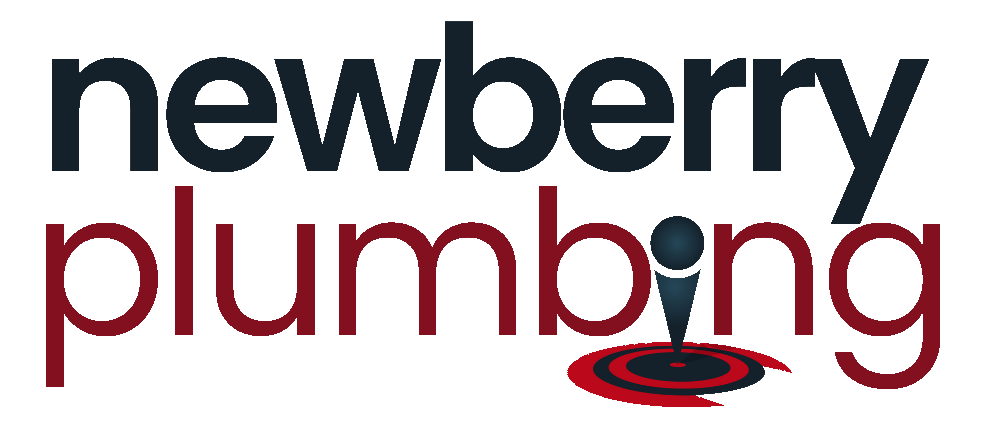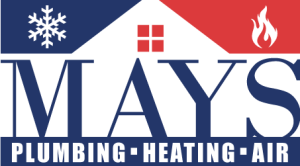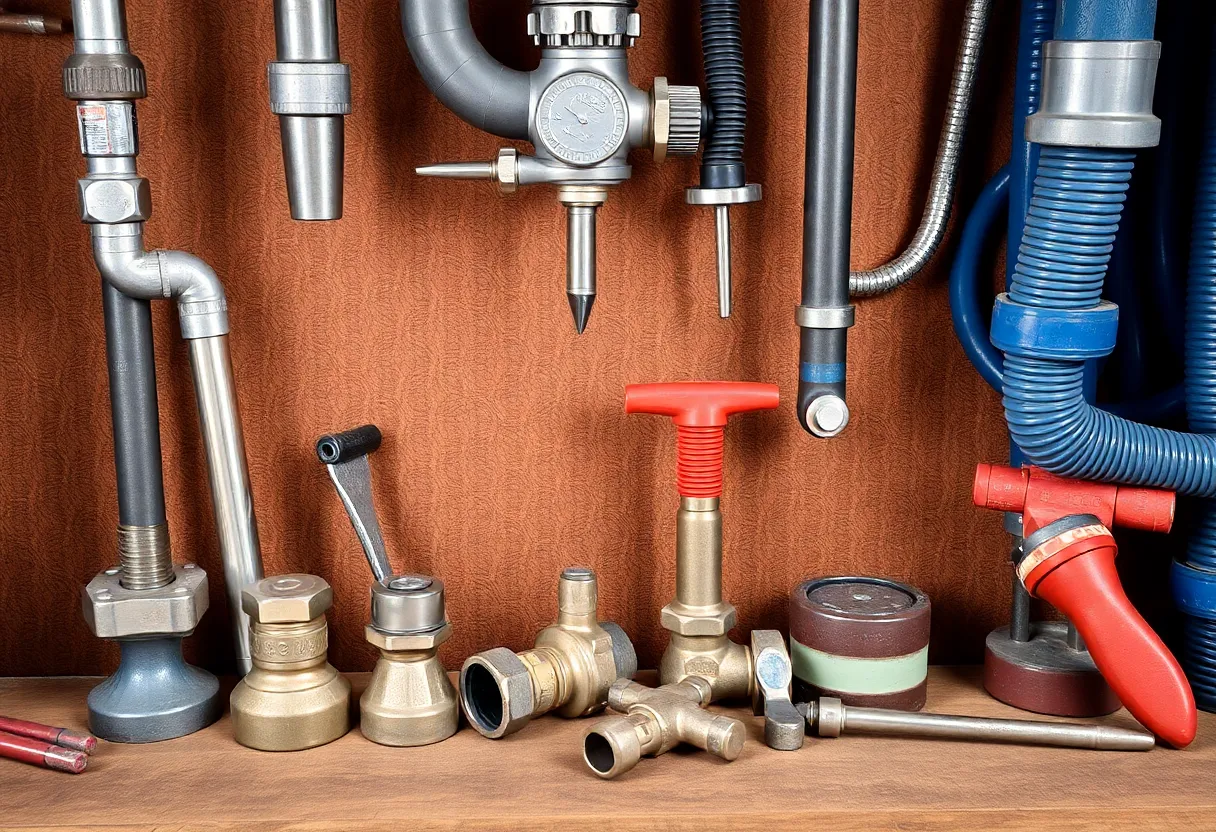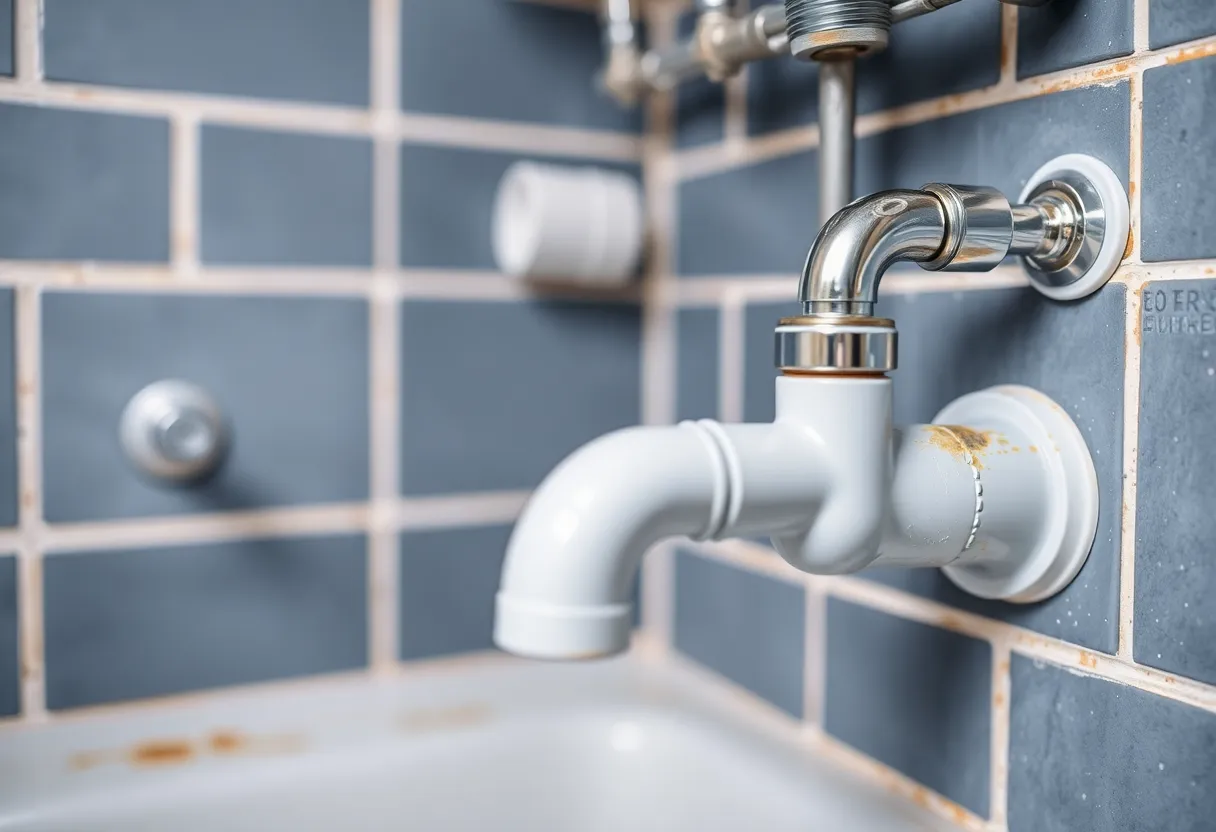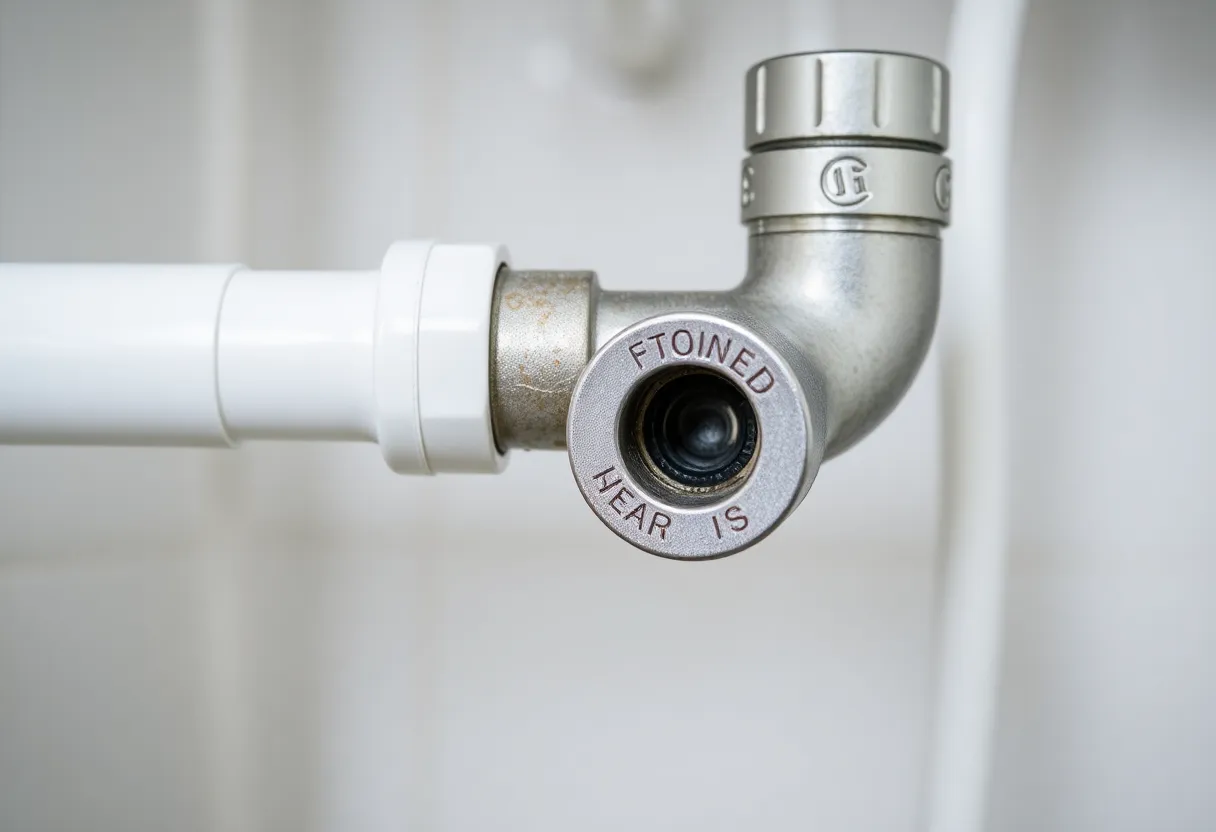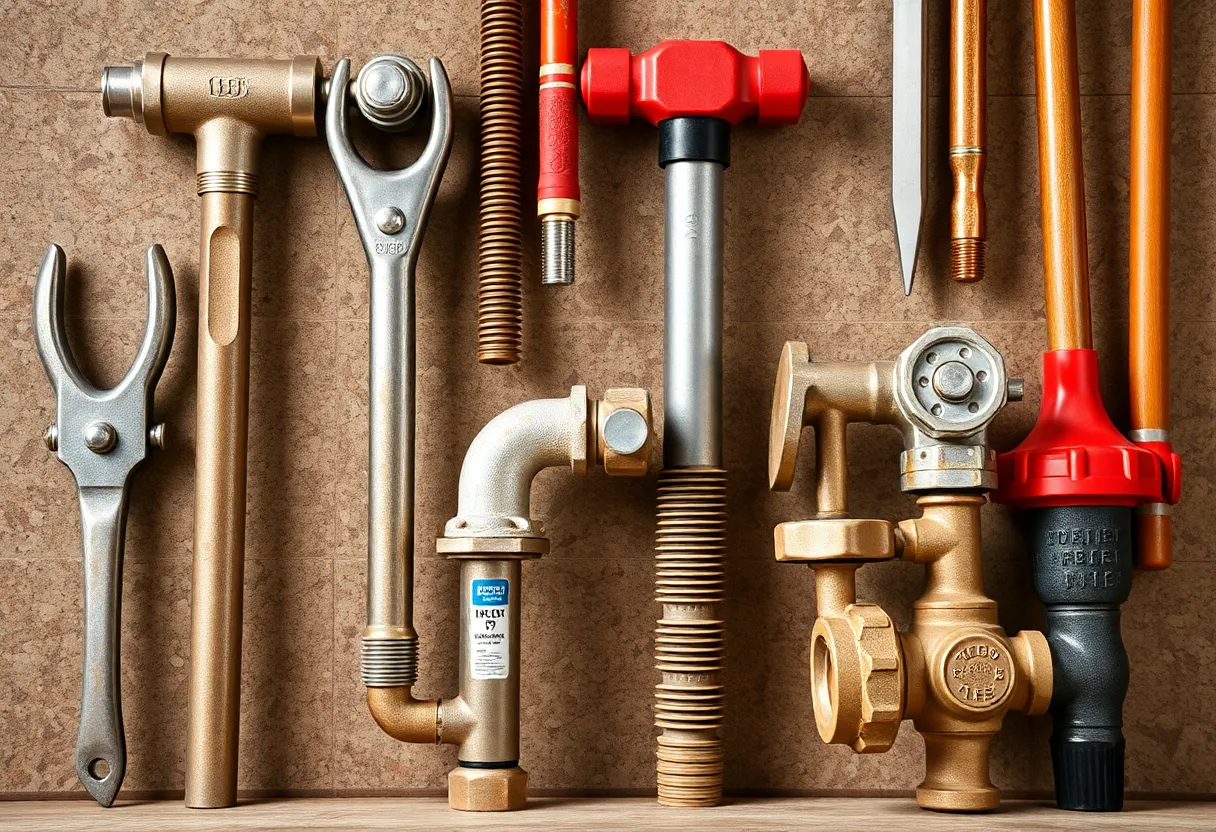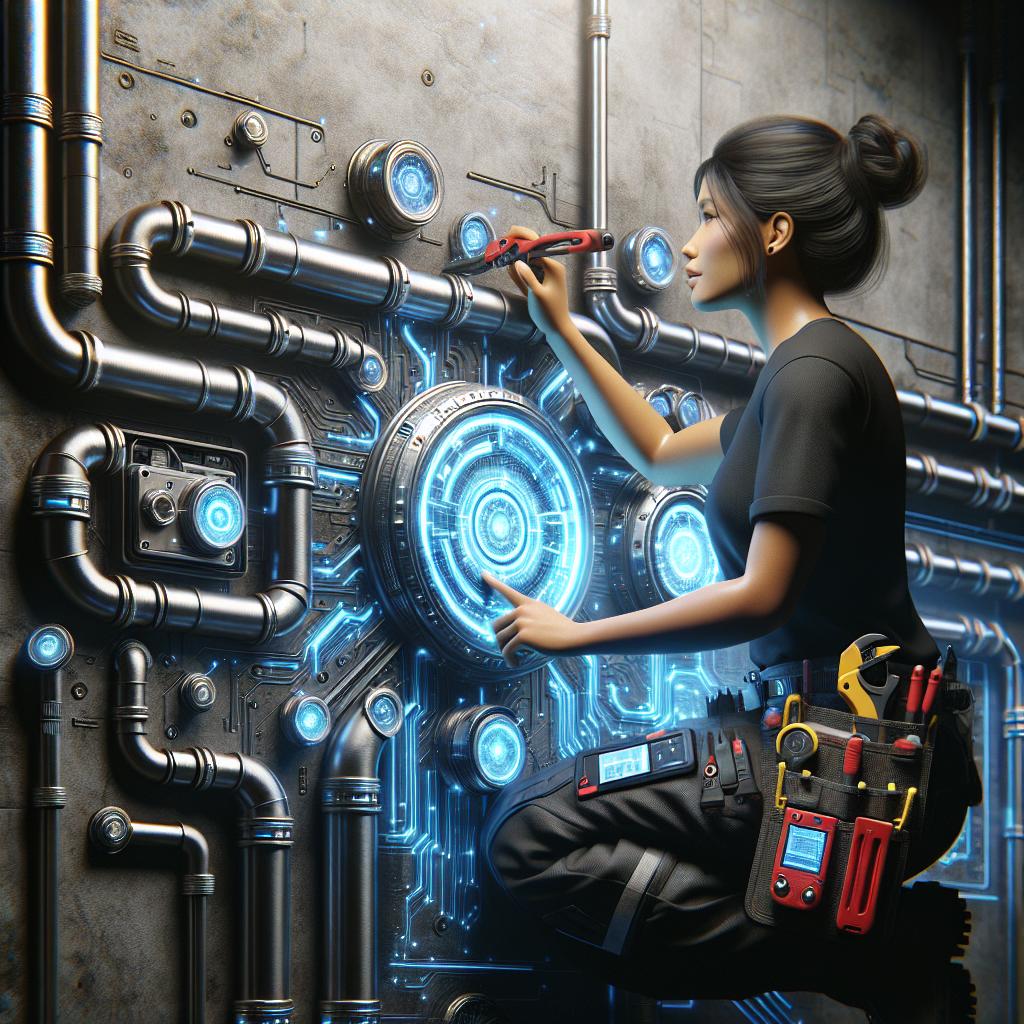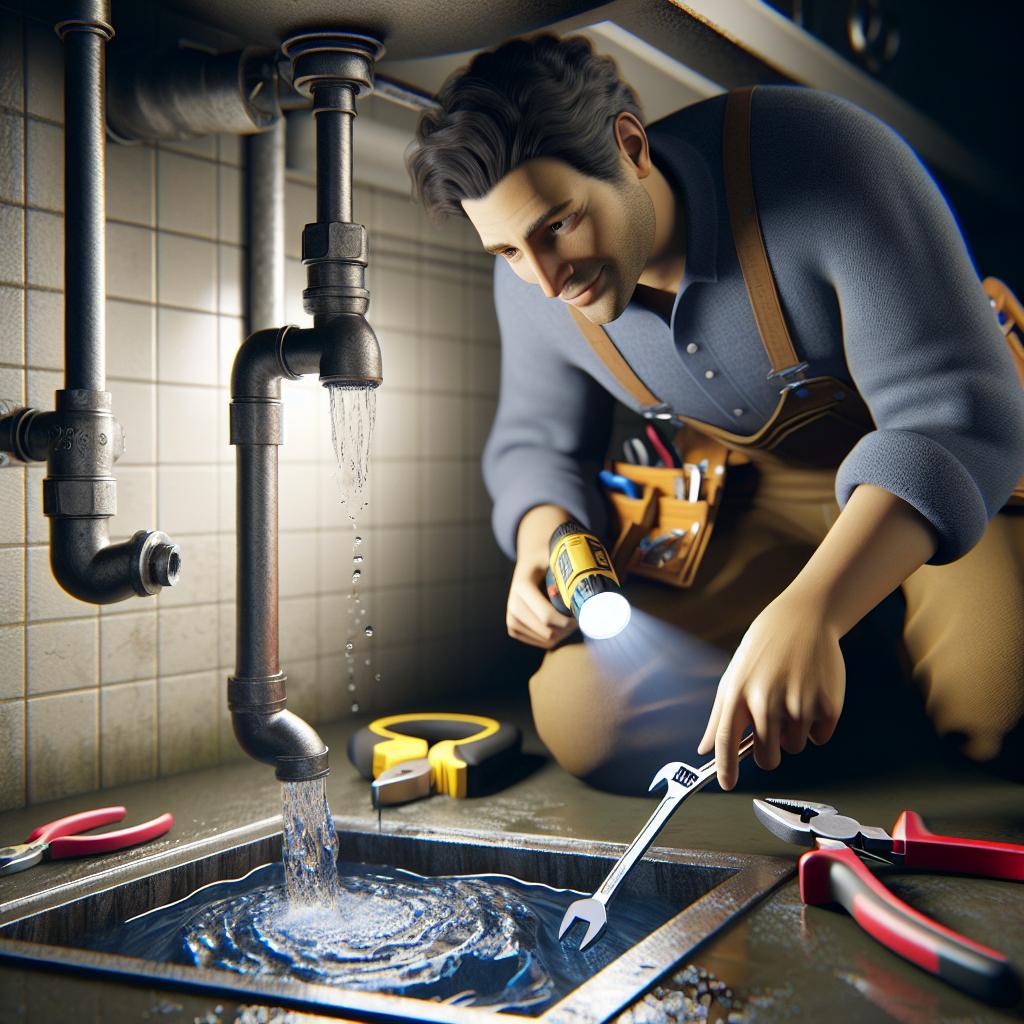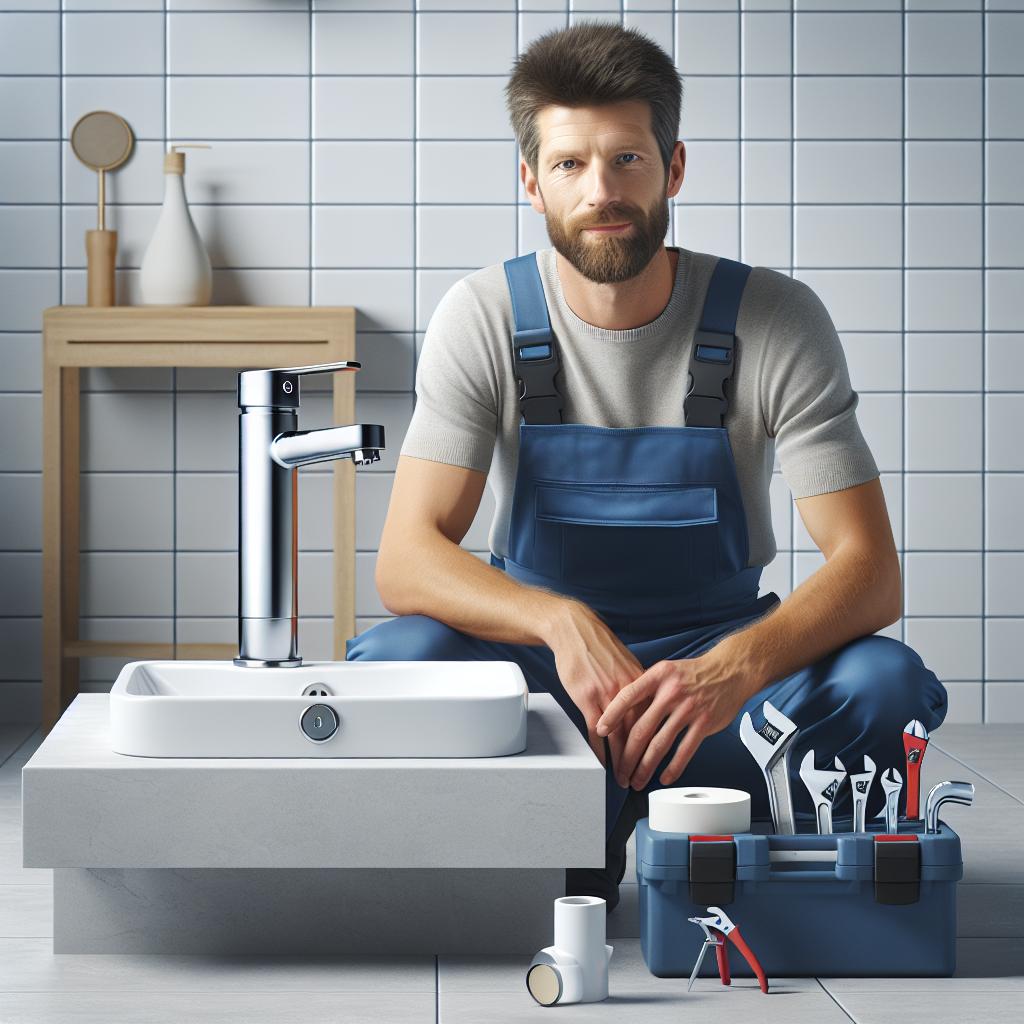The Plumbing Pro’s Toolkit: 10 Essential Gadgets to Elevate Your DIY Skills
If you are a DIY enthusiast, tackling plumbing projects can be both exciting and daunting. Whether you’re fixing a leaky faucet, unclogging a drain, or installing new pipes, having the right tools can make all the difference. This blog will explore 10 essential gadgets that every DIY plumber should have in their toolkit. These tools not only enhance your efficiency but also elevate the quality of your plumbing work.
1. Pipe Wrench: The Classic Workhorse
The pipe wrench is a staple in the plumbing toolkit. It is designed to grip and turn pipes with its serrated jaws. For any DIY plumber, especially when working with metal pipes, a sturdy pipe wrench is essential. The adjustable jaw feature allows for gripping various pipe sizes and makes it easier to tighten or loosen fittings.
How to Choose a Pipe Wrench
- Material: Look for a pipe wrench made of durable materials, such as steel, for longevity.
- Length: Take into account the length you need; longer wrenches provide more torque.
- Grip: Opt for models with rubber or textured grips for comfort and better handling.
2. Plumber’s Snake: The Ultimate Clog Remover
When it comes to unclogging drains, a plumber’s snake is your best friend. Also known as a drain auger, this flexible tool can navigate through pipes, allowing you to reach clogs that traditional plungers can’t. It’s a must-have for any serious DIY plumber.
Types of Plumber’s Snakes
- Hand Crank Snakes: Best for small clogs and are easy to use for beginners.
- Power Augers: Suitable for tougher clogs and can handle larger drain lines, often requiring a power source.
3. Adjustable Wrench: Versatility at its Best
An adjustable wrench is another fundamental tool that can come in handy for various tasks, from tightening bolts to adjusting fittings. Its versatility allows you to work on different sizes without needing multiple wrenches, making it a great addition to your toolkit.
Tips for Effective Use
- Always use the correct jaw adjustment to minimize slipping and damage.
- Consider a wrench with a built-in ratchet for added convenience when working in tight spaces.
4. Teflon Tape: The Plumbing Sealer
Teflon tape is essential for ensuring leak-free connections in plumbing jobs. This tape, made from polytetrafluoroethylene, provides a reliable seal on threaded connections. When wrapping threads with Teflon tape, make sure to cover them adequately to prevent leaks.
How to Use Teflon Tape
- Wrap the tape in the direction of the threads.
- Use 2-3 wraps for optimal sealing but avoid over-wrapping, which can cause difficulty in tightening fittings.
5. Basin Wrench: Perfect for Tight Spaces
A basin wrench is specifically designed to reach and turn nuts in tight spaces, such as under sinks and behind fixtures. This tool is excellent for plumbing tasks that require only a small amount of room for maneuvering.
Features to Look For
- Pivoting Head: Allows for optimal positioning to grip difficult-to-reach nuts.
- Extended Handle: Provides leverage when loosening or tightening difficult nuts.
6. Plumbing Inspection Camera: See Beyond the Surface
Investing in a plumbing inspection camera can be a game changer for diagnosing issues. These compact cameras can be inserted into pipes or drains to provide a clear view of blockages, leaks, or damage. They are especially useful for examining hard-to-reach areas.
Benefits of Using a Plumbing Camera
- Reduces guesswork, making it easier to pinpoint the exact problem.
- Prevents unnecessary damage to pipes while cutting down on time spent diagnosing issues.
7. Pipe Cutter: For Clean Cuts
A clean, precise cut can make all the difference in plumbing work. A pipe cutter is specifically equipped to cut different types of pipes accurately without burrs, ensuring a proper fit when making connections.
How to Use a Pipe Cutter
- Adjust the cutter to the pipe diameter and tighten it securely.
- Rotate the cutter around the pipe, gradually tightening until you achieve a clean cut.
8. Plunger: A Simple Yet Effective Tool
Every homeowner should have a plunger in their toolkit for tackling minor clogs in toilets and sinks. This reliable tool utilizes suction and pressure to free blockages quickly and efficiently.
Choosing the Right Plunger
- Suction Cup Design: Ideal for flat surfaces like sinks and bathtubs.
- Flange Plunger: Designed specifically for toilets with a protruding flange that offers a better seal.
9. Pipe Fitting Tools: Making Connections Easy
To create reliable, leak-proof connections, you need pipe fitting tools. These tools consist of various options like fittings, joiners, and connectors to help assemble piping systems quickly and securely.
Essential Pipe Fitting Tools
- Compression Fittings: Ideal for connecting copper and plastic pipes without soldering.
- Soldering Kit: If you’re dealing with copper pipes, a soldering kit is essential for creating permanent connections.
10. Safety Gear: Never Compromise on Safety
When engaging in any plumbing project, safety should always come first. Having the right safety gear in your toolkit will protect you from potential hazards while you work.
Recommended Safety Gear
- Gloves: Use heavy-duty work gloves to protect your hands from sharp edges and cleaning chemicals.
- Safety Goggles: Protects your eyes from debris and harmful substances while working.
Conclusion
Equipping yourself with these 10 essential plumbing gadgets will empower you to tackle a variety of plumbing tasks with confidence and skill. Whether you’re a beginner or have some experience, having the right tools can save you time, money, and potential headaches down the road. Remember, the right gadget can make even the toughest plumbing jobs manageable, giving you the satisfaction of a job well done.
So gather your tools, don your safety gear, and get ready to elevate your DIY plumbing skills to new heights!
